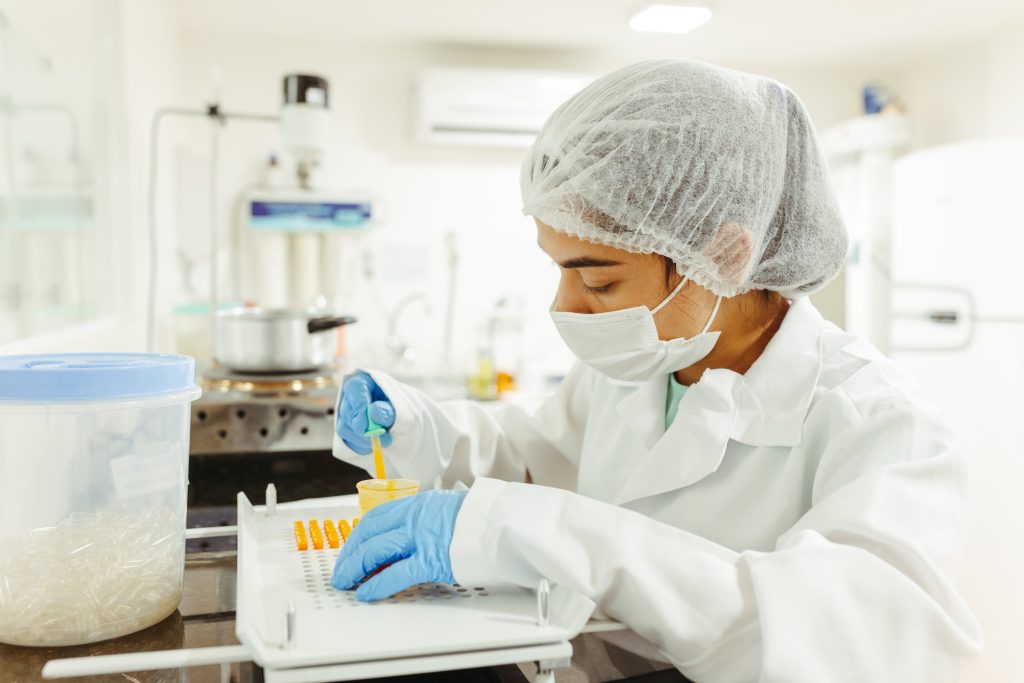Introduction
Ionisation is a key concept in O level chemistry that students need to understand. It is the process by which an atom or molecule gains or loses electrons to form ions. This blog post will explain what ionisation is, the different types of ionisation and some examples. By the end, readers should have a clear understanding of this important topic in chemistry.
What is ionisation?
Ionisation is the process by which an atom or molecule acquires a negative or positive charge by gaining or losing electrons. Atoms that gain electrons become negatively charged ions called anions, while atoms that lose electrons become positively charged ions called cations.
For example, when a sodium (Na) atom loses one electron, it becomes a sodium ion (Na+). Sodium has lost an electron so it has fewer electrons than protons, giving it a positive charge. On the other hand, when a chlorine (Cl) atom gains one electron, it becomes a chloride ion (Cl-). Chlorine has gained an electron so it has more electrons than protons, giving it a negative charge.

Types of ionisation
There are two main types of ionisation – cation formation and anion formation:
Cation formation is the loss of electrons from atoms to form positively charged cations. Metals generally form cations by losing their outer shell s-block electrons easily. For example, sodium (Na) forms Na+ by losing one electron from its outer shell.
Anion formation is the gain of electrons by atoms to form negatively charged anions. Non-metals generally form anions by gaining electrons to fill their outer shell orbitals. For example, chlorine (Cl) forms Cl- by gaining one electron to fill its outer shell.
There is also a third type of ionisation called polyatomic ion formation. Here, groups of atoms bond together to form ions with characteristic charges. For example, ammonium (NH4+) forms when a nitrogen atom bonds to four hydrogen atoms, gaining a positive charge by losing one electron. Another example is the carbonate (CO32-) ion which forms when a carbon atom bonds to three oxygen atoms, gaining a negative charge by gaining two electrons.
Examples of ionisation
Let’s look at some examples of ionisation:
Sodium (Na) loses one 3s electron to form Na+ cation. Electron configuration: Ne] 3s1 to Ne]
Chlorine (Cl) gains one electron to form Cl- anion. Electron configuration: Ne] 3s2 3p5 to Ne] 3s2 3p6
Magnesium (Mg) loses two 3s electrons to form Mg2+ cation. Electron configuration: Ne] 3s2 to Ne]
Sulfur (S) gains two electrons to form S2- anion. Electron configuration: Ne] 3s2 3p4 to Ne] 3s2 3p6
Ammonium (NH4+) forms when nitrogen bonds to four hydrogen atoms and loses one electron.
Carbonate (CO32-) forms when carbon bonds to three oxygen atoms and gains two electrons.

Conclusion
In conclusion, ionisation is the process by which atoms become ions by gaining or losing electrons to achieve stable electronic configurations. The main types are cation formation, anion formation and polyatomic ion formation. Being able to identify examples of ionisation is important for understanding chemical reactions and balancing equations in O level chemistry. I hope this blog post has helped explain what ionisation is in a clear manner.If you need help understanding ionisation or any other chemistry concepts, we recommend Bright Culture tuition. As a Singapore-based tuition centre, Bright Culture provides Lower Secondary Science and A Level Chemistry tuition taught by experienced educators.

